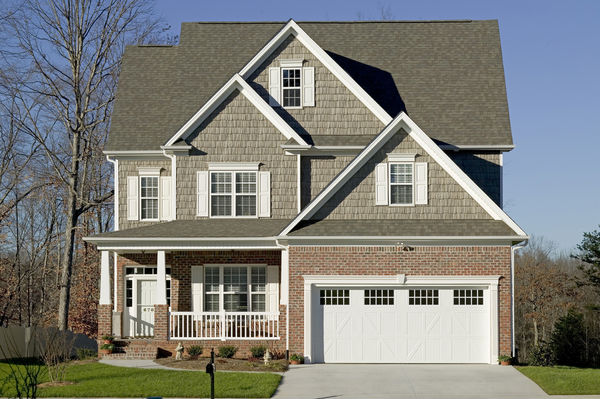
Understanding the Importance
Garage door weatherproofing is essential for protecting your garage and its contents from the elements. Weatherproofing helps to prevent water, wind, and debris from entering the garage, keeping it dry, clean, and safe. It also helps to regulate the temperature inside the garage, preventing extreme heat or cold from affecting stored items or the interior space.
Sealing Gaps and Cracks
One of the key steps in weatherproofing a garage door is to seal any gaps or cracks around the door frame. This can be done using weatherstripping or rubber seals, which create a tight seal between the door and the frame. Additionally, filling in any gaps or cracks with caulk or foam insulation can further enhance the door’s weatherproofing capabilities.
Installing Threshold Seals
Threshold seals are another effective way to weatherproof a garage door. These seals are installed along the bottom of the garage door, creating a barrier against water, pests, and debris. Threshold seals come in various materials, such as rubber or vinyl, and can be easily installed using adhesive or screws. They help to prevent water from seeping under the door and into the garage, keeping the interior dry and protected.
Maintaining and Inspecting
Regular maintenance and inspection of the garage door weatherproofing components are essential for ensuring their effectiveness over time. Inspect weatherstripping, seals, and threshold seals for signs of wear, damage, or deterioration, and replace them as needed. Additionally, keep the garage door clean and free of debris to prevent any obstructions that could compromise its weatherproofing capabilities.
Garage door weatherproofing is a simple yet effective way to protect your garage and its contents from the elements. By sealing gaps and cracks, installing threshold seals, and maintaining the weatherproofing components, you can ensure that your garage remains dry, clean, and safe throughout the year.
